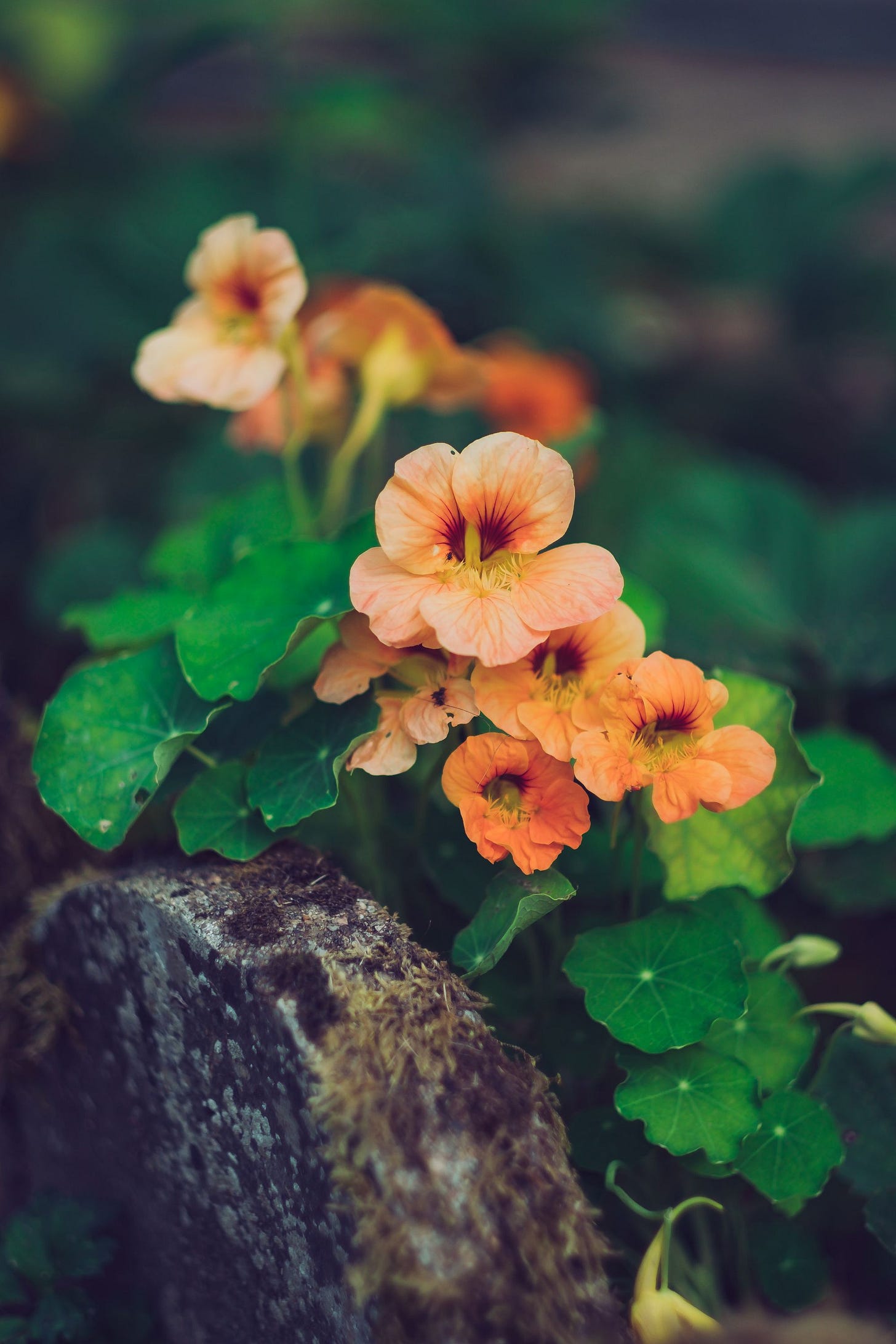Refind invited me to write a deep dive into the history of food, but some of the neat stuff I dug up from my notes didn't quite fit. Here's the rest of my notes, carefully gathered while trying to flesh out the cultures that populate my fantasy world, Verraine.
Quick Facts
Aboriginal Australians ate moths, ground into pastes and flour for cakes, for thous…
Keep reading with a 7-day free trial
Subscribe to Manuscriptions to keep reading this post and get 7 days of free access to the full post archives.



